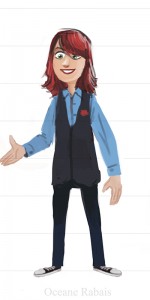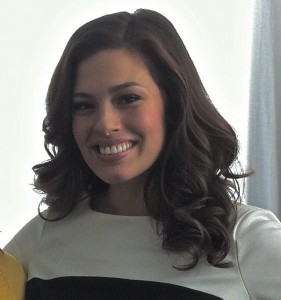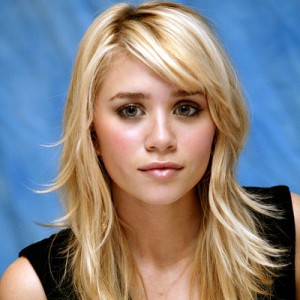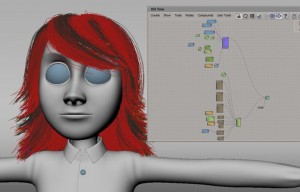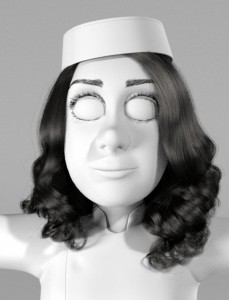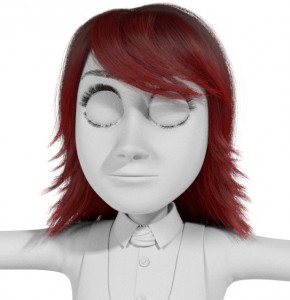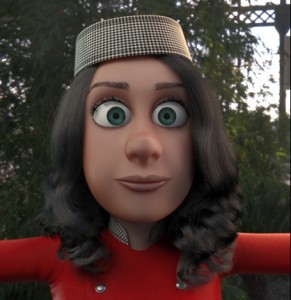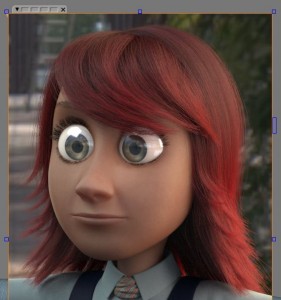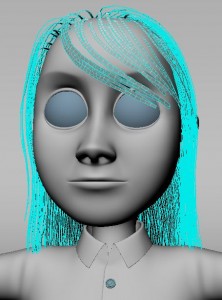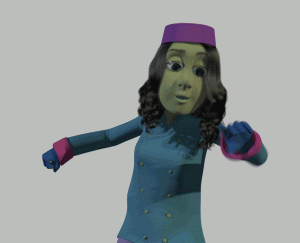 本文是一篇关于Arnold渲染器渲染动画广告片的幕后分解。文章展示了这个短片的广告头发制作和渲染。 *注:arnold(阿诺德)渲染器是制作在maya和XSI平台下的最新超级渲染器,目前被广泛的渲染渲染适用于电影渲染中,其最大的广告特点就是物理算法,计算速度快,制作效率高,渲染渲染设置简单。广告 原文地址:http://shedmtl.blogspot.ca/ 制作过程的制作视频教学解说: 上一篇制作过程的解析教学:https://www.aboutcg.com/14361.html 完整的视频短片 文字解说: The IGA campain features anywhere from 3 to 16 characters per spot. All these CG actors need to drop by the virtual hair salon before they are allowed on set. Here’s what happened to Oceane Rabais and Bella Marinada at this stage. 1-We always start with the character design made here at SHED as a reference. 任何地方的IGA运动动画中,都有3-16个角色。渲染渲染所有这些CG演员都需要发型的广告计算。这就是制作Oceane Rabais和Bella Marinada的发型教程。 2 – We then look up on the internet for a real life reference of what the hairdo could look like. This is only as a reference to capture certain real life details. Since we are going for a Cartoonish look, we are not aiming at reproducing the reference exactly. Of course a picture of a duckface girl is always a plus. 3 – We proceed to create an emitter fitted to the head from which we emit guide strands with Ice. They get their shape from nurbs surfaces. Those guides are low in number (from 200 to 400), so it’s easy to work with them to groom and later simulate and cache on disk. The idea is to get the shape of the hairstyle and the length. The bright colors are there to help see what’s going on. 3 -我们继续在头部创建发射器使用ICE引导。然后从Nurbs获得模型物体。引导的精度很低从200 到400 ),所以很容易计算。这个想法是为了得到发型的形状和长度。明亮的颜色有帮助看到发生了什么。 4 – Next, we clone theses strands, add an offset to their position and apply a few Ice nodes to further the styling. These nodes generally include randomizing and clumping amongst others. We now have around 90 000 strands and it can go up to 200 000. 5 – Then we repeat the process with the eyelashes and the eyebrows. During the whole process the look is tweaked in a fast rendering scene. 5 -然后我们重复这个过程,得到睫毛和眉毛。整个过程中外观是调整在一个快速的渲染场景。 6 – Once happy with the results, we copy the point clouds and emitters to the “render model” where the point clouds will be awaiting an Icecache for the corresponding shot. We use Alembic to transfer animation from rig to render model and the Ice emitters . 7 – Back to the Hair model we convert the guides strands to mesh geometries. We apply syflex cloth simulation operators to these geometries to get ready for shot simulation. We link the guide strands to the syflex mesh so they inherit the simulation. 8 – Next comes shot by shot simulation and Ice caching of the guides strands (hair, lashes, eyebrows and beard if necessary). 9 – Before we pass down the simulation caches to the rendering department, we need to do a test render to be sure every frame works and there is no glitch/pop. With final beauty renderings taking sometimes close to 2 hours per frame, it is not a good thing to have to re-render a shot because a hair strand is out of place ! The scene we use renders quickly with no complex shaders and only direct lighting. 10 – Once we are happy with the look of the hair, the movement of the simulation AND most of all once we’ve resolved all the problems, we give the signal to the rendering department. The hair PointClouds are always automatically linked to the appropriate simulation cache for the current shot so all they have to do is “unhide” the corresponding object in their scene and voila ! |


